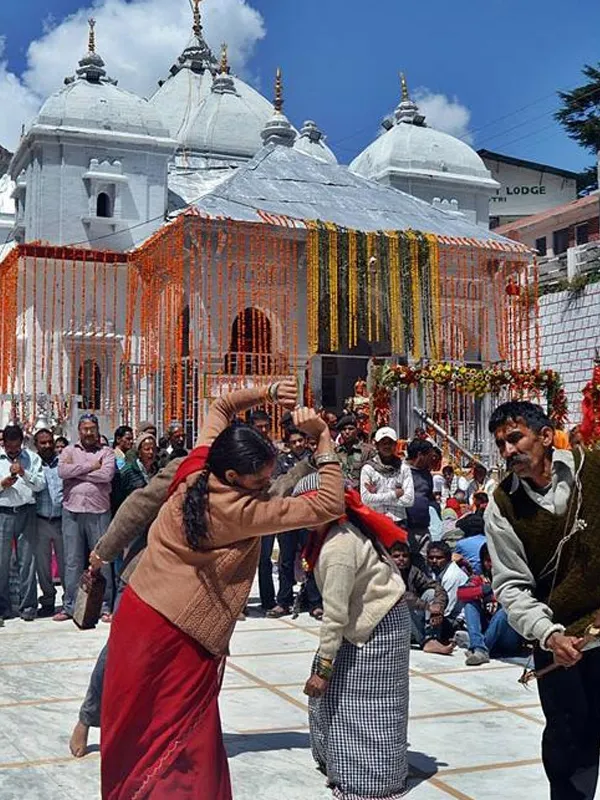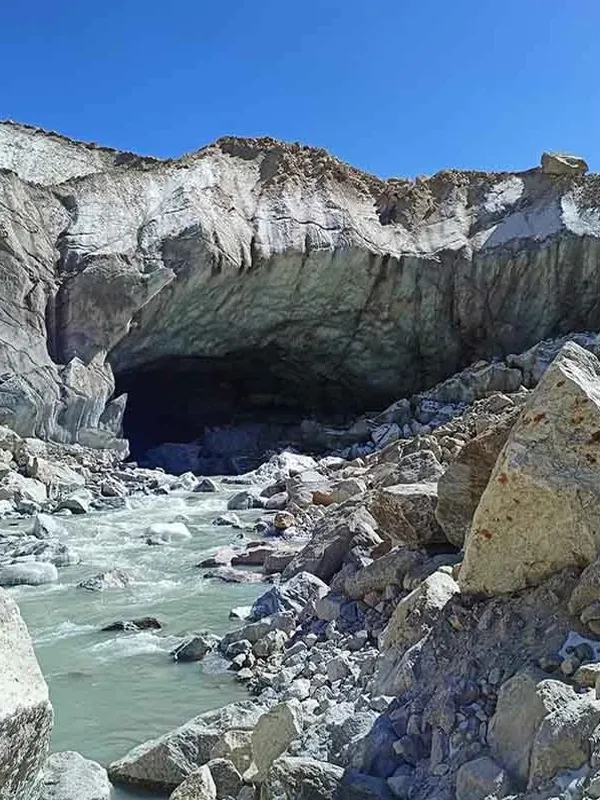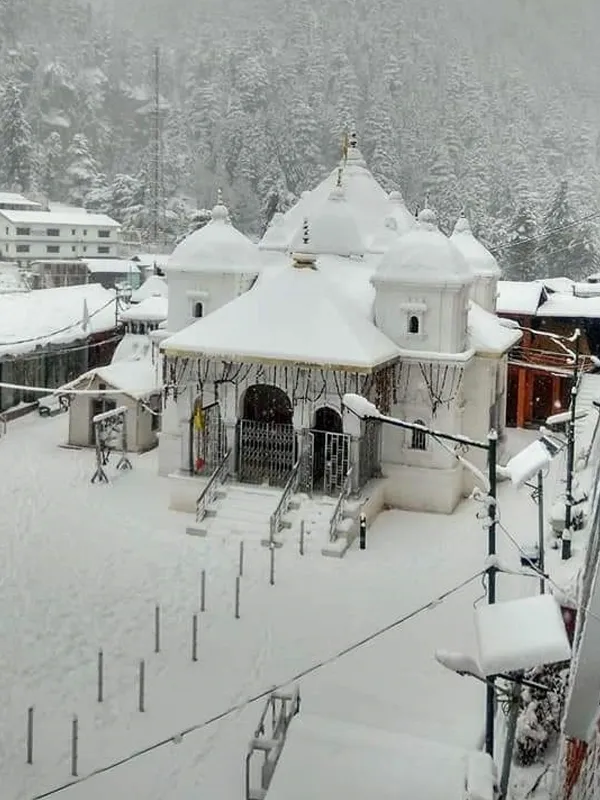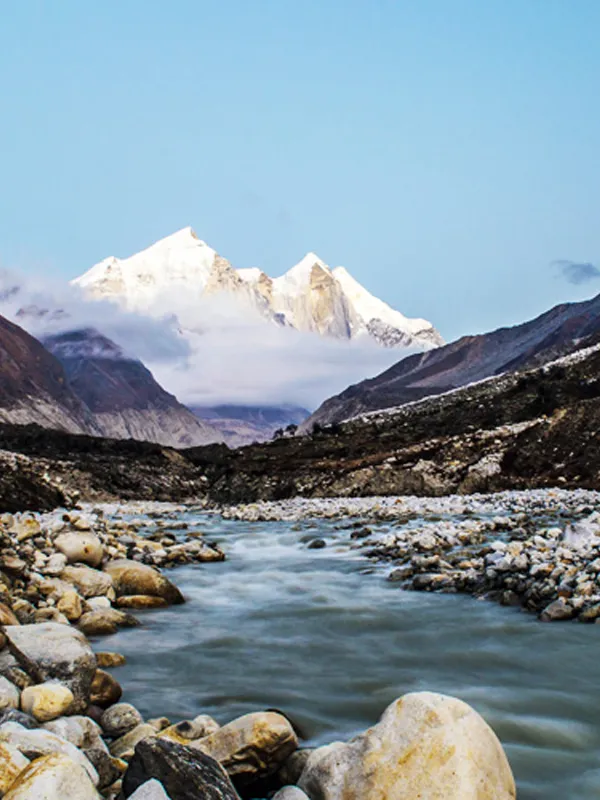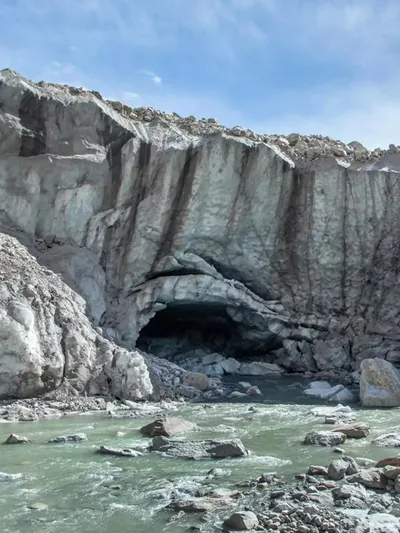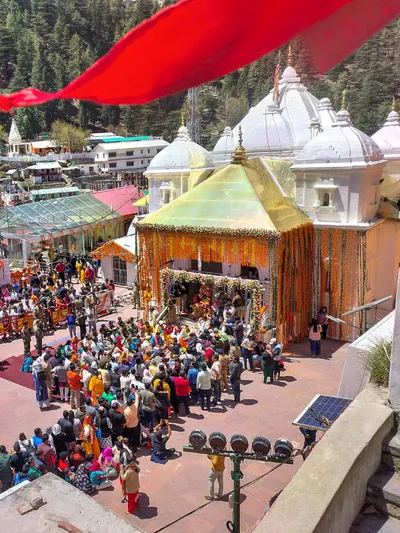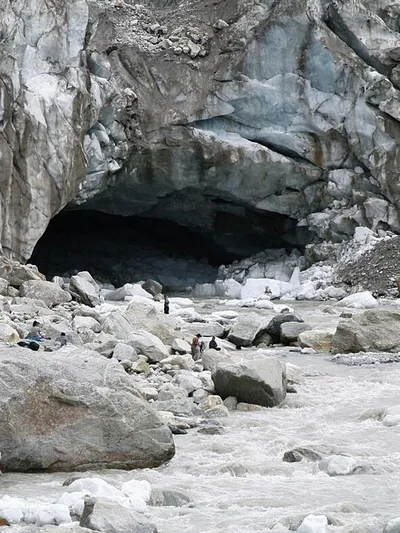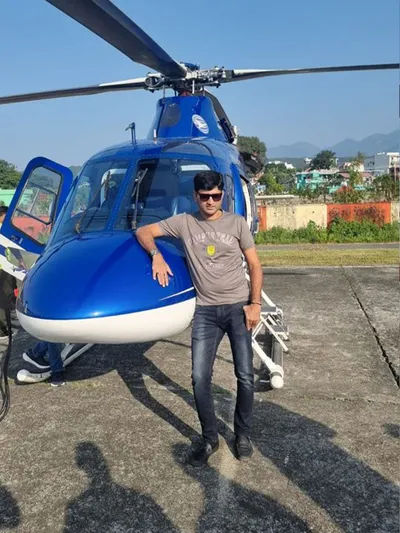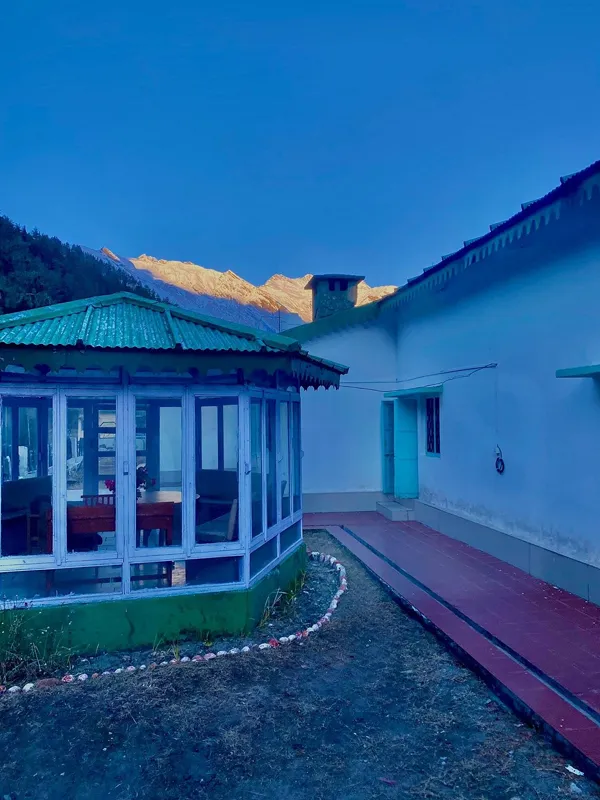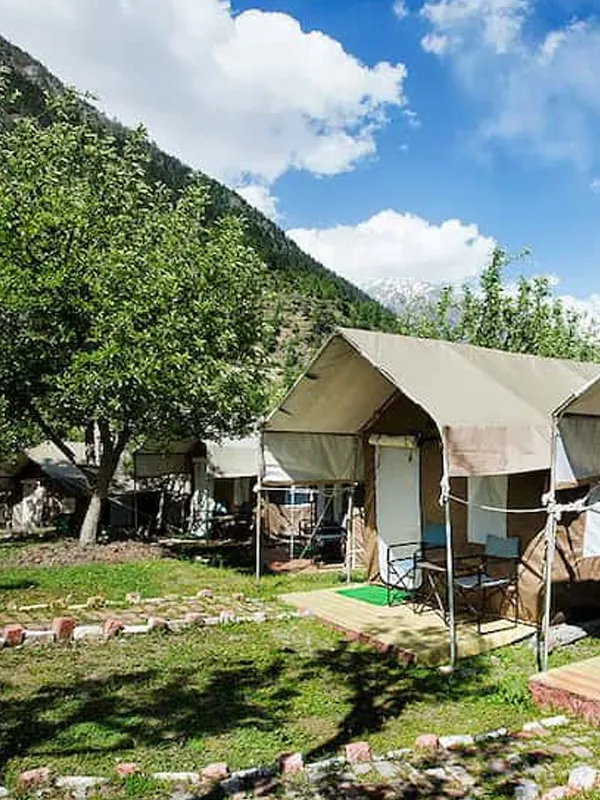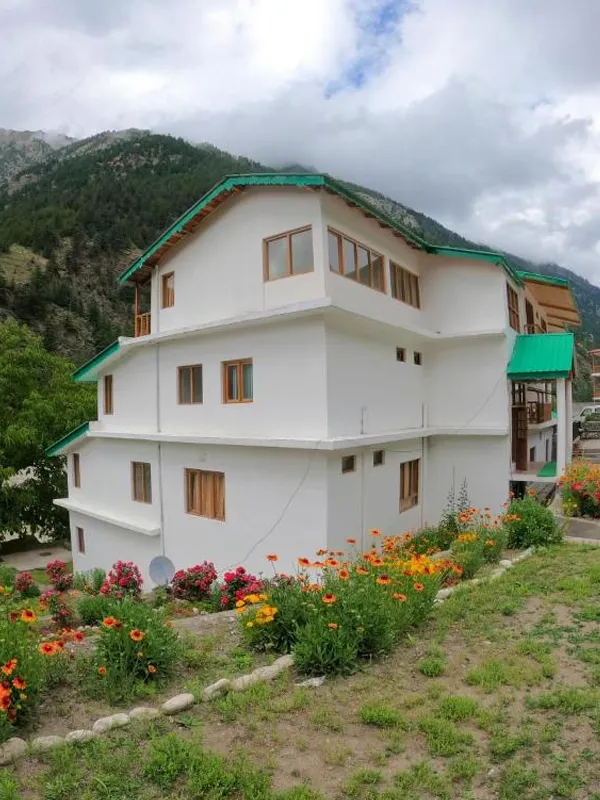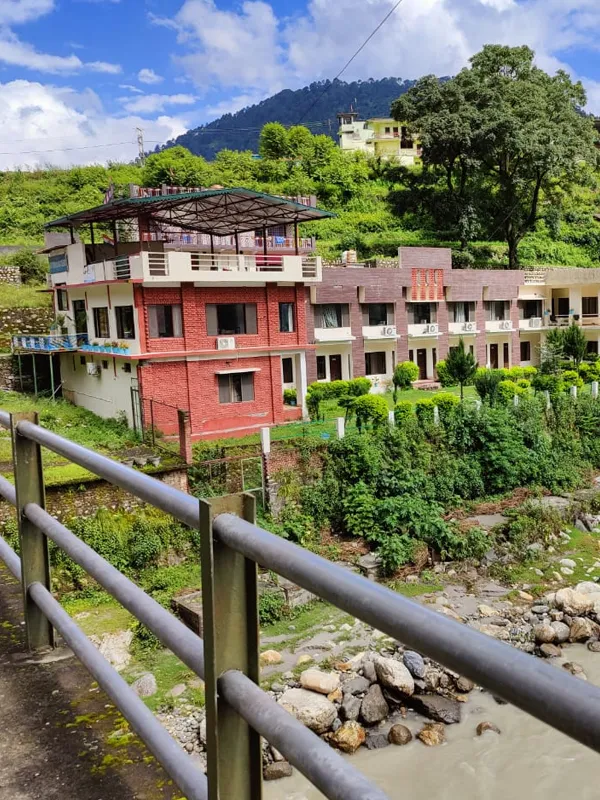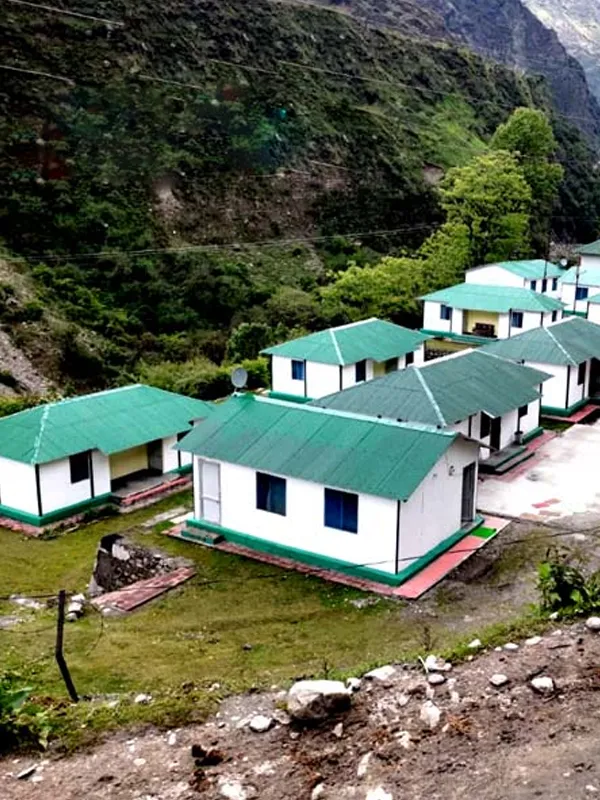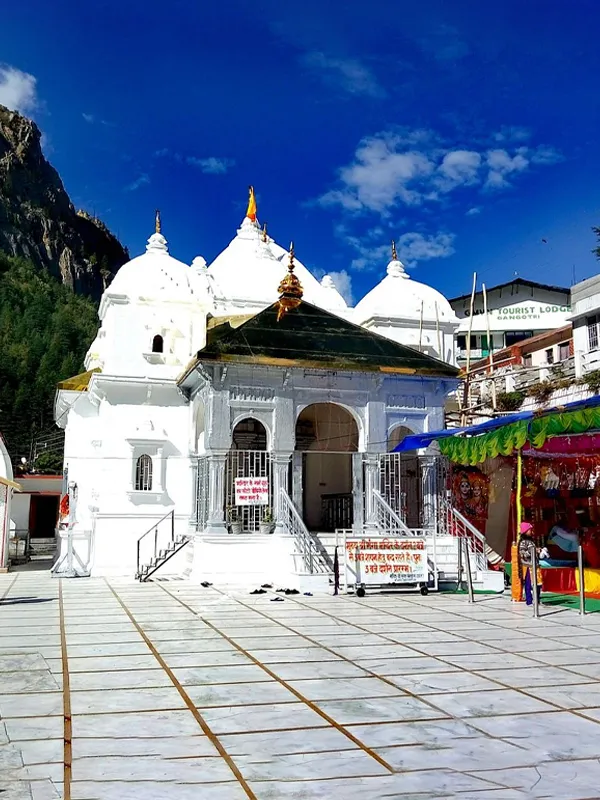
Gangotri Geographical Features
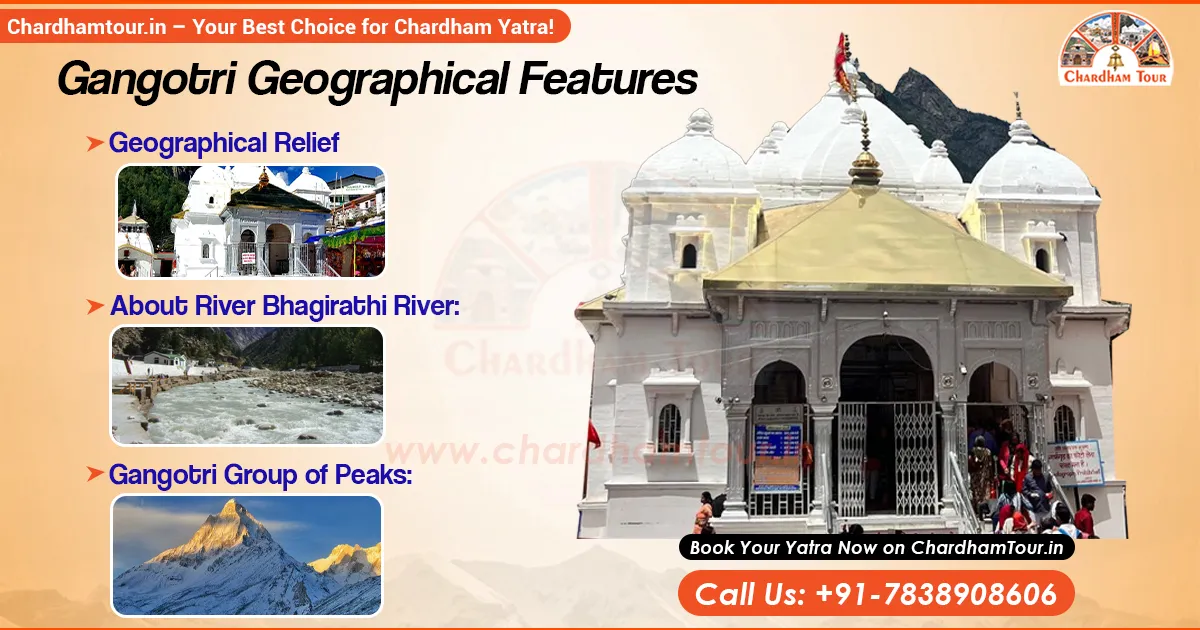
Gangotri is situated on an elevation of 3,415 Metres above sea level amongst the stunning natural beauty of the district of Uttarkashi. The beauty of this place is undeniable and every step of the way you will be encountered with mesmerizing beauty of the Bhagirathi valley which is a unique experience in itself. If you are an avid nature lover looking to engulf your senses in the pure Himalayan beauty then visiting Gangotri will prove to be a boon for you.
What is the best way to plan your trip? You should be aware about the geographical features of this place which is given below:
Geographical Relief:
Gangotri is a part of the greater Himalayan ranges of the Garhwal Himalayas. The entire region is made out of undulating hilly tracts that are extremely steep and difficult to approach on one hand and on the other hand there are lush green meadows dotted with colorful high altitude Himalayan plants. There are also areas where there is nothing but wide expansive lands and you will also be able to gaze at the far away snow clad Himalayan peaks. The gushing river which makes its way through the entire Gangotri valley adds a lot of beauty and charm to this entire region. The entire relief of Gangotri is extremely appealing and inviting to every nature and adventure lover.
About River Bhagirathi River:
The source of Bhagirathi River that rushes along the holy temple of Gangotri can be traced back to the massive Gangotri glacier which is situated at a distance of 19 or 20 km from the main town of Gangotri. En-route Gaumukh you will be encountering barren, cold lands which are rugged. An interesting and the most widely accepted mythological account about this place is that when river Ganga had descended from the heavenly to the earthly realm it was feared that the force with which it would come gushing would destroy the entire earth so it divided itself up into 12 different tributaries one of which is Bhagirathi. This mythological story has Givent his river a very high status in Hindu religion and amongst every Hindus.
Gangotri Group of Peaks:
Uttarakhand is home to a sea of milky white mountain peaks and even the highest peak in India, Nanda Devi. Setting the backdrop for Gangotri is the subdivision of the Garhwal Himalayas of Gangotri group of mountains. These ranges include some of the most massively mesmerizing peaks of Thalay Sagar, Shivling and Meru. All of these peaks of Gangotri are a massive playground for adventure seekers and avid mountaineering enthusiasts. Some of these peaks are also utilized for skiing, camping and hiking purposes.
Ecology of Gangotri:
Gangotri experiences a typical high altitude ecosystem and the entire landscape is dominated by thick green forests of coniferous and scrubs of alpine. There is an irreversible region of isolation that is caused due to random landslides on the way from Gangotri to Gaumukh. The vegetation in these regions includes deodar, fir, spruce, rhododendrons etc. which is a typical feature of all the high altitude Himalayan ecology. This place is also home to some hilly fauna consisting of pheasants, snow leopards, ibex, doves along with 15 different species of mammals. If you want to experience more of the natural beauty and ecosystem of Gangotri then you can also go up to the famous and one of the most beautiful destinations of Gangotri National Park.
Effects of Global Warming On Gangotri Glacier:
The snout like Gangotri glacier is said to have receded 3 kms since 1817 as per the reports by Glaciologists of Jawaharlal Nehru University. Each year studies are being conducted on the retreat points where lesser ice formation is being reported and the process is refusing to stop of even go down at any rate. Precipitation during the winter months is the best time where the glacier receives an appropriate amount of snow and ice for it to maintain itself and thrive. This means almost 10 to 15 spells of snow is required to feed this glacier however last year this amount was not completed and in fact rising temperatures were observed. Due to this rapid change in temperature Gangotri glacier is also actively caving in owing to its convex shape. It should be kept in mind that during your visit to Gangotri you should definitely be careful about leaving your carbon footprint there.
